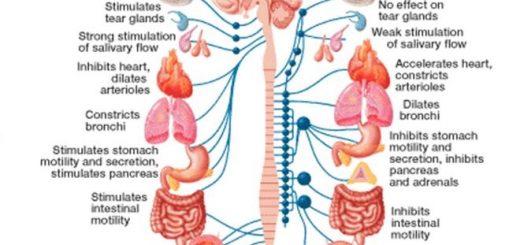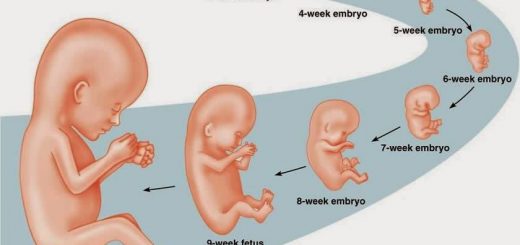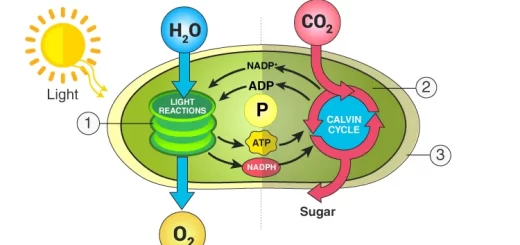Joints types & function, Nerve supply of joints and general features of Synovial Joints
The joint is the physical point of connection between two bones, Joints enable the bodies to move in many ways. Joints have many fibrous connective tissues. Ligaments can connect the bones to each other, Tendons connect the muscles to bones. Cartilages cover the ends of bones & provide cushioning. e.g. the knee joint connects between the femur (thigh bone) and the tibia (shin bone).
Joints
Joints are the point of meeting of two or more bones. Joints are divided according to the material separating the bones into fibrous, cartilaginous, and synovial joints.
Types of joints
I- Fibrous joint
It is the point of meeting of two bones or more, and the bones are separated by fibrous tissue. There is no movement in fibrous joints.
1. Sutures:
- The bones have serrated edges.
- The bones are separated by a minimal amount of fibrous tissue.
- Example: sutures of the skull.
The skull with irregular lines that represent the sutures, and a section of the skull showing the irregular serrated edges of the bone. An example of the peg and socket joint is the root of the teeth and the alveolar margin of the maxilla or mandible.
2.Gomphosis (Peg & Socket):
- The bones are peg & socket.
- The bones are separated by a moderate amount of fibrous tissue.
- Example: roots of teeth & the alveolar margin of maxilla or mandible.
3.Syndesmosis:
- The bones are rough.
- The bones are separated by a big amount of fibrous tissue (interosseous ligament).
- Example: inferior tibio-fibular joint.
It shows the site of the joint which is also called the distal tibio-fibular joint. The joint is just above the ankle joint.
II- Cartilagenous joints:
The bones are separated by cartilage.
1. Primary Cartilagenous (Synchondroses):
- The cartilage between the bones is temporary.
- The bones are separated by hyaline cartilage.
- No movements.
- Example: the growing ends of long bones.
2. Secondary Cartilagenous (Symphysis):
- The cartilage between the bones is permanent, the bones are covered with-hyaline cartilage & separated from each other by fibrocartilage.
- Limited movements.
- Example: symphysis pubis and all joints in the median plane as those present between bodies of vertebrae.
III Synovial joints:
The bones are separated by synovial fluid.
- Most joints of the limbs are synovial.
- They permit considerable mobility.
1. Uniaxial joint:
The joint moves around one axis.
a. Hinge joint:
- The joint moves around a horizontal axis.
- Example: Elbow joint.
b. Pivot joint:
- There is a disc that rotates in a ring i.e. the axis is longitudinal (i.e. along the bone).
- Example: Superior radio-ulnar joint.
c. Condylar joint:
- Two knuckles articulate with two shallow concavities.
- Example: Knee joint.
Hinge Joint resembles the hinge of a door. The movement is around one axis that is horizontal. An example is an elbow joint (between the trochlea of the humerus and trochlea of the humerus and the trochlear notch of the ulna).
The pivot joint is a disc that rotates inside a ring. An example is a superior-radioulnar joint where the disc-shaped head of the radius rotates inside a ring formed by the ulna and a surrounding ligament.
The condylar joint is the articulation between two knuckles (projections) of one bone with two concavities (cavities) in another bone. Ellipsoid joint is one of the biaxial joints. An example is the radiocarpal joint (wrist joint).
2. Biaxial joint:
The joint moves around two axes.
a. Ellipsoid joint:
- Oval convex articular surface articulates with elliptical.
- Example: Wrist joint.
- Movements: flexion, extension, abduction & adduction.
b. Saddle joint:
- Concave-convex articulates with convexo-concave.
- Example: carpometacarpal joint of the thumb.
- Movements: as the ellipsoid plus slight rotation.
3. Polyaxial joint “Ball & Socket”.
- Ball articulates with a socket.
- Example: Hip joint.
- Movements wide range (flexion, extension, abduction, adduction, medial rotation, lateral rotation, and circumduction).
Ball and socket joint (Polyaxial joint). The example is the hip joint where the head of the femur articulates with the cup-shaped acetabulum of the hip bone.
4. Plane joint:
- Two smooth flat surfaces.
- Movements: Gliding movements.
- Example: Intercarpal joints.
Nerve supply of joints
The nerve supply of any joint comes from the nerves that supply the muscles acting on that joint. This is called “Hilton’s Law”.
General features of Synovial Joints
- The bones are covered with hyaline cartilage.
- The bones are separated by synovial fluid.
- There is a capsule that covers the joint.
- There is a synovial membrane that lines the capsule and covers all intracapsular structures except the articular surfaces.
- Ligaments are capsular or accessory. The capsular ligaments are thickened parts of the capsule. The accessory ligaments are fibrous tissue bands connecting the two bones outside the capsule.
- Inside the joint, there may be other structures as: Cartilaginous structures which may be in the form of a disc (sternoclavicular joint) or a meniscus (knee joint) or a labrum (shoulder joint). Tendon of a muscle: as the tendon of the long head of biceps in the shoulder joint.
Applied Anatomy of joints
Osteoarthritis is a common disease affecting the big joints especially in females. It is associated with the fragmentation of the articular cartilage.
Bones function, types & structure, The skeleton & Curvature of Spine in Adults
Importance of Anatomical body position, planes & terms of movement
Isoenzymes structure, Coenzymes function & Classification of enzymes
Protein Classification, Globular & Fibrous protein, Simple, Compound & Derived proteins
DNA Repair types, definition & importance, Protein Biosynthesis & Genetic Code



